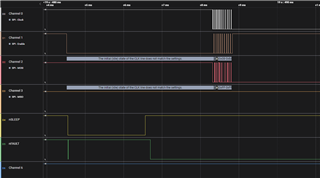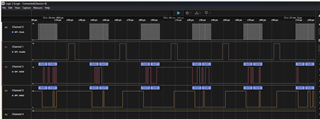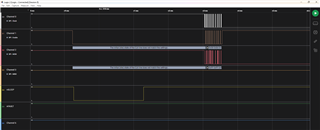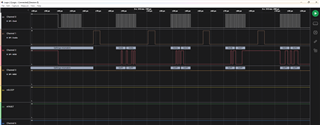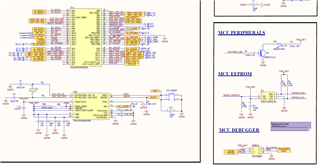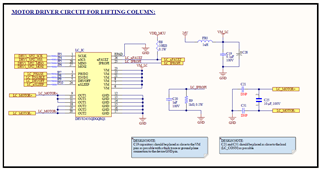Tool/software:
Hi,
I am using a DRV8243 motor driver to drive a motor. I am facing an issue where the driver does not wake up. Even after asserting nSLEEP high and clearing the fault, the nFAULT signal remains low instead of going high, as expected based on the datasheet.
I have verified that the fault has been cleared, but the driver does not respond or wake up. I have attached the signals I monitored for reference. In the attached image:
- Channel 1 represents nSLEEP
- Channel 2 represents nFAULT
Could you please help me understand what might be causing this issue? Any insights would be greatly appreciated.


Thank-you,
Anjali


